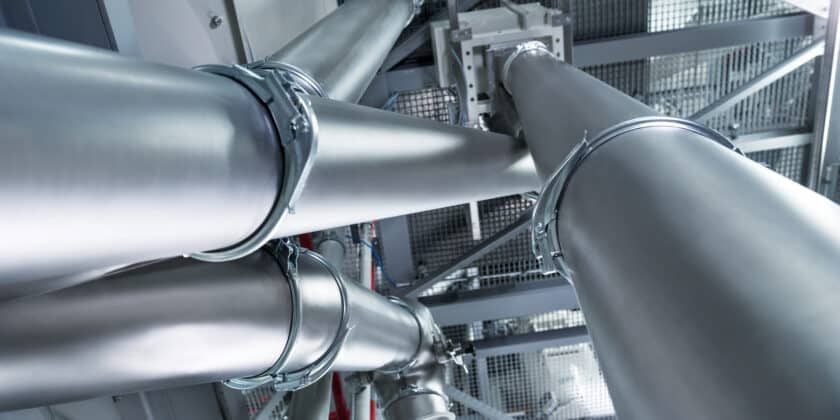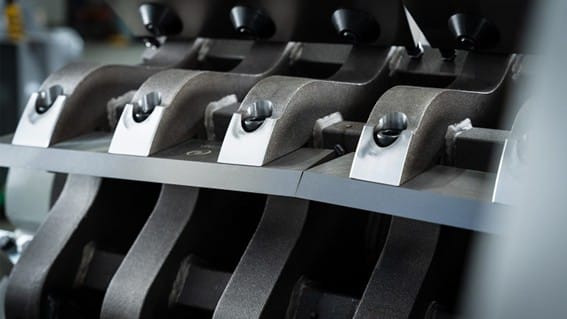The integration of hyperspectral imaging (HSI) technology into process analyzers has revolutionized the detection and characterization of a wide range of materials. This advanced system, combined with a high-resolution color camera, allows for the accurate visualization of color distribution in correlation with the material properties of each analyzed object.
The synergy between these data is essential for evaluating material quality and determining the necessary actions in the next stage of the process. In addition, detailed point-by-point measurement of both color and material composition establishes a solid basis for artificial intelligence (AI)-based evaluation, thus optimizing analysis and automated decision-making.
The process analysis system consists of three key elements:
• Process analyzer: Device mounted on the side walls of the conveyor, responsible for capturing and processing spectral and chromatic data.
• Control cabinet: Unit that houses the control systems, internal power supply, and data management. It can be installed at a maximum distance of 20 meters from the analyzer.
• Revolution counter: Precision sensor designed to measure the exact speed of the conveyor belt, ensuring the synchronization of the collected data.
Thanks to these advanced features, the process analyzer is positioned as an essential tool for quality control and material analysis, providing real-time data that improves the efficiency and reliability of industrial processes.
Plastics Analysis Device: Innovation in Material Inspection and Classification
The plastics analysis device is a cutting-edge technological solution that uses artificial intelligence for advanced inspection of plastic shredded material and flakes. Its ability to identify and quantify objects based on their color and material composition allows for accurate characterization, optimizing plastic recycling and sorting processes.
This system offers real-time visualizations of the analyzed data, as well as access to historical records, facilitating the monitoring and traceability of the processed material. Its compact design does not compromise its power, as it is capable of handling grain sizes ranging from 10 to 300 mm, adapting to various operational needs.
Integration and Adaptability
The device stands out for its ease of integration into different industrial environments and its compatibility with enterprise resource planning (ERP) systems, enabling efficient information management and improved automation in the recycling chain.
In conclusion, this innovative technology represents a significant advance in the analysis and classification of plastics, providing an efficient, accurate, and adaptable solution for the recycling industry, with a positive impact on resource optimization and environmental sustainability



